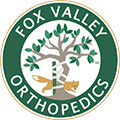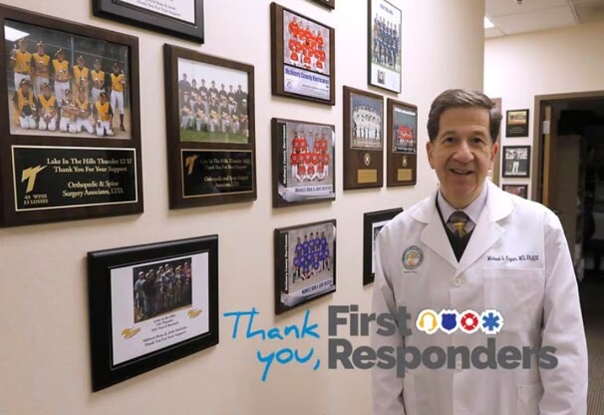How Adults Can Acquire Scoliosis
- Category: Blog
- Posted On:

Many people with scoliosis were diagnosed with the condition as children, before undergoing complete skeletal growth. More common in girls, an abnormal curvature is diagnosed just prior to puberty. However, adults can also acquire scoliosis, even if they never had the condition as children. In the adult form, the aging of the spine’s discs and joints causes abnormal tilting as the tissues degenerate over time.
What Is Scoliosis and How Is it Treated?
The human spine has a natural, forward-and-backward curvature. With scoliosis, however, the spine develops a side-to-side curve that may be mild and barely noticeable, or quite severe altering one’s physical appearance. The degree of sideways curvature may determine whether treatment is necessary to relieve symptoms. The goal of treatment is to decrease pain, improve function, but not always to fix the curve.
Signs of scoliosis vary, but may include:
∙ An abnormal sideways curvature of the spine that is at least 10 degrees
∙ Uneven waist, shoulders, and hips
∙ The ribs on one side of the body protrude farther than the other side
Scoliosis may only be mild and not require treatment, only observation. However, in some, degenerative scoliosis can cause back pain or leg pain, necessitating conservative care. Severe scoliosis may eventually require surgical treatment to lessen the sideways curvature, as degeneration of the discs may cause progression over time. Surgery can prevent the curve from becoming worse through spinal fusion surgery.
I’m an Adult. Do I Have Scoliosis?
Adults who acquire scoliosis typically first realize a problem such as uneven posture with their entire body tilting to one side and notice unevenness in their hips.. Many adults could have undiagnosed scoliosis that has already been there for decades, however, others acquire scoliosis as a result of degenerative spine changes from the aging process. To rule out conditions other than adult scoliosis, your doctor will order imaging tests such as X-rays or CT and MRI scans.
Unfortunately, very little is known about the risk factors for what makes one adult predisposed to acquire scoliosis compared to another. Two of the known risk factors include smoking and obesity, as these are commonly linked to faster degeneration of the spine. We encourage you to talk with your doctor about the health benefits of smoking cessation and nutritional management of obesity.
Adults with scoliosis undergo nonsurgical treatments first, including physical therapy and anti-inflammatory medications. Orthopedic physicians often recommend that their adult patients with scoliosis start to incorporate regular exercise and stretching into their daily schedule. Depending on your symptoms, pain management techniques may be necessary, such as injections, but surgery is rarely necessary. Your doctor will help you decide the proper treatment for your scoliosis.
Call (630) 584-1400 to make an appointment at Fox Valley Orthopedics. Ask us about telehealth visits!


